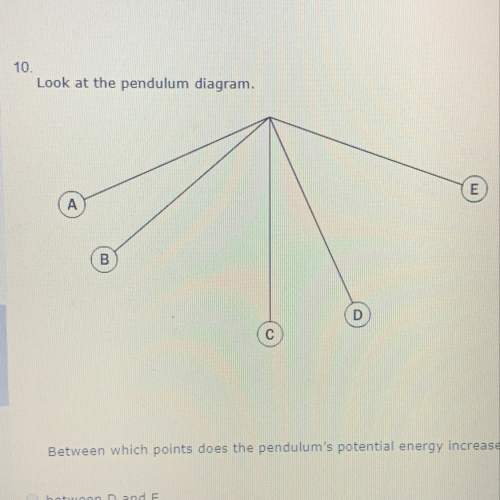
Physics, 05.02.2022 15:20, emiliolovato
An asteroid orbits the sun at a distance of 2.7 AU. What is its orbital period? I need a detailed explination. How do i figure this out

Answers: 1
Other questions on the subject: Physics


Physics, 23.06.2019 05:30, happysage12
Herman is walking his pet fish, leo , back and forth along the canal. suppose the canal is 30 meters long and he goes up and back 25 times. a) what distance has herman walked?
Answers: 3


Physics, 23.06.2019 10:10, Jperez6541
Now that we have a feel for the state of the circuit in its steady state, let us obtain the expression for the current in the circuit as a function of time. note that we can use the loop rule (going around counterclockwise): e−vr−vl=0. note as well that vr=ir and vl=ldidt. using these equations, we can get, after some rearranging of the variables and making the subsitution x=er−i, dxx=−rldt. integrating both sides of this equation yields x=x0e−rt/l. use this last expression to obtain an expression for i(t). remember that x=er−i and that i0=i(0)=0. express your answer in terms of e, r, and l. you may or may not need all these variables. use the notation exp(x) for ex.
Answers: 1
Do you know the correct answer?
An asteroid orbits the sun at a distance of 2.7 AU. What is its orbital period?
I need a detailed...
Questions in other subjects:

English, 03.09.2021 05:10


History, 03.09.2021 05:10



English, 03.09.2021 05:10

English, 03.09.2021 05:10

Mathematics, 03.09.2021 05:10


Mathematics, 03.09.2021 05:10







